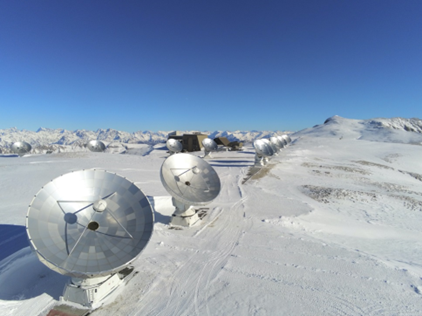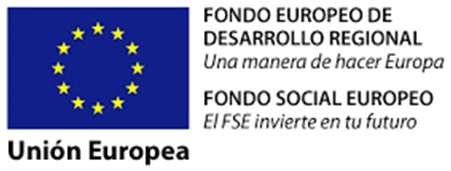NOEMA
NOEMA es el interferómetro de ondas milimétricas más potente del hemisferio norte. Situado en Plateau de Bure, en los Alpes franceses, se trata de una potente red de radiotelescopios que, tras años de sucesivas mejoras, ha alcanzado finalmente su plena capacidad. Cuenta con un total de 12 antenas de 15 metros de diámetro que pueden alcanzar separaciones de hasta 1,7 kilómetros.
Conocido por sus siglas en inglés, NOrthern Extended Millimeter Array (“interferómetro extendido de ondas milimétricas del hemisferio norte”), NOEMA es el fruto de una colaboración entre el CNRS (Francia), Max-Planck-Gesellschaft (MPG, Alemania) y el IGN. Construido y operado por el hispano-franco-alemán Instituto de Radioastronomía Milimétrica (IRAM), esta gran instalación científica ya ha sido fuente de importantes descubrimientos, y ahora está a punto para realizar observaciones sin precedentes.
NOEMA está equipado con tecnologías pioneras. Durante las observaciones, las doce radioantenas de NOEMA funcionan al unísono, como si se tratara de un único telescopio, gracias a la técnica que conocemos como interferometría. Esta red de telescopios proporciona una resolución espacial tan alta que sería capaz de detectar un teléfono móvil a una distancia de más de 500 kilómetros.
Su poder de resolución y su sensibilidad permiten a los científicos colectar luz que ha viajado hasta 13 mil millones de años antes de llegar a la Tierra, para investigar así la complejidad de la materia interestelar y los elementos constitutivos del universo. Además, NOEMA es miembro del consorcio Event Horizon Telescope (EHT), que en 2019 publicó la primera imagen de un agujero negro y, a principios de 2022, la del agujero negro en el centro de nuestra propia galaxia.



